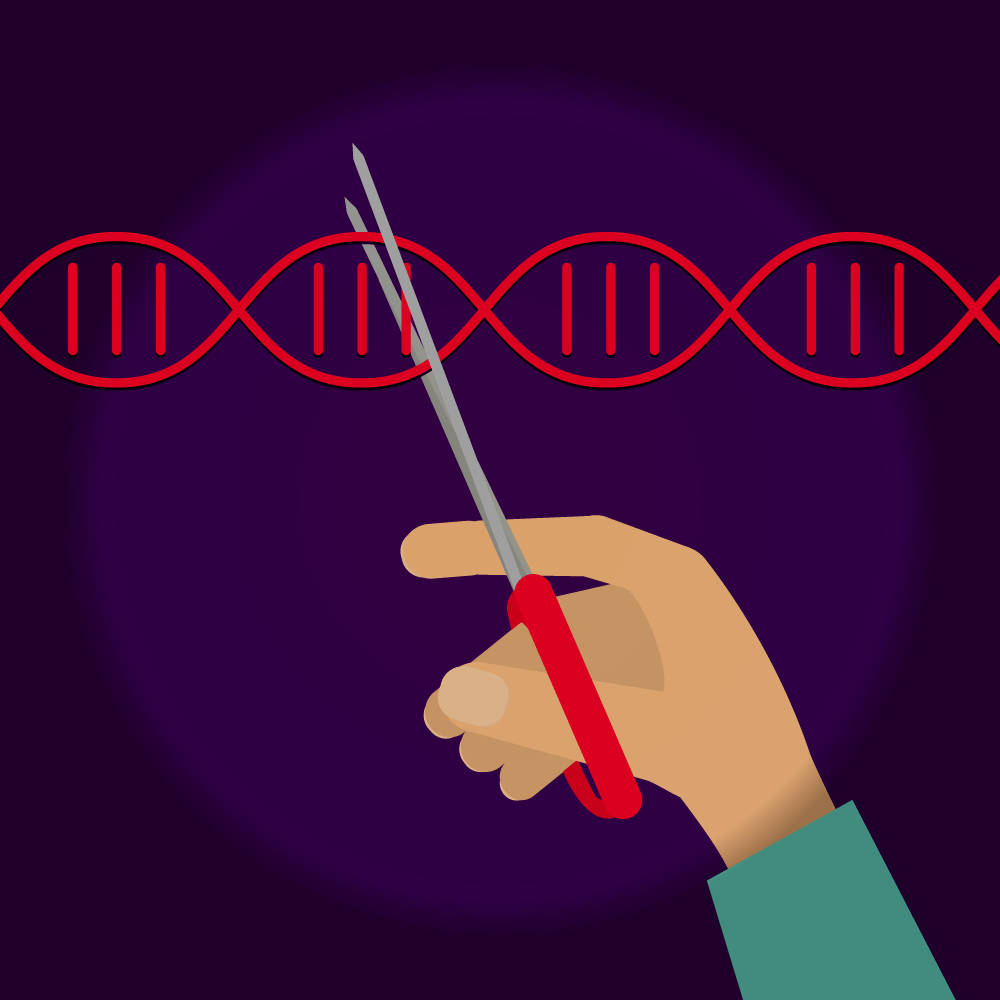Federal Circuit Upholds PTAB Findings in Interference over CRISPR Gene Editing Patent Applications
November 06, 2018

Recently on September 10, 2018, the Federal Circuit, in University of California v. Broad Institute, Inc., No. 2017-1907, affirmed the Patent Trial and Appeal Board’s (PTAB) determination that there was no interference in fact between a patent application applied for by University of California, the University of Vienna, and Emmanuelle Charpentier, (collectively UC) and twelve patents and one patent application owned by the Broad Institute, MIT, and Harvard (collectively “Broad”). The case turned on whether the Broad Institute’s claims were obvious over UC’s claims.
The involved claims in this case relate to the use of a CRISPR-Cas9 system for the targeted cutting of DNA molecules. The CRISPR-Cas9 system works by targeting and cutting specific DNA sequences using only a nuclease and RNA to target specific DNA sequences. This genome editing tool is naturally occurring in prokaryotes such as bacteria, but has not been found to naturally exist in eukaryotes, such as plants and animals. CRISPR-Cas9 technology has the potential to revolutionize medicine by editing out genes known to predispose an individual to certain diseases. For example, CRISPR/Cas9 is currently being examined as a treatment option for those at significant risk for late onset Alzheimer’s disease, by targeting the apolipoprotein E4 (APOE4) gene.

In August 2012, UC published an article demonstrating that isolated elements of the CRISPR-Cas9 system could be used in a non-cellular experimental environment. UC then went on to file a patent application on this technology in March 2013. In February 2013, Broad published an article describing the use of CRISPR-Cas9 in a human cell line, and later that year, in October of 2103, filed a patent on this discovery.
While UC’s application was pending, twelve patents were granted to Broad, thus triggering an interference proceeding by the PTAB under 35 U.S.C. 102(g)(1). Broad petitioned to terminate the interference, arguing that its claims were patentably distinct from UC’s claims, because a person of ordinary skill in the art, would not have had a reasonable expectation that the CRISPR-Cas9 system would work successfully in a eukaryotic cell. The PTAB agreed with Broad, citing that because of the differences between eukaryotic and prokaryotic systems, a person of ordinary skill in the art would not have had a reasonable expectation of success in applying the CRISPR-Cas9 system to eukaryotes.
After this decision was reached by the PTAB, UC appealed to the Federal Circuit. The Federal Circuit reviewed the PTAB’s conclusion of non-obviousness in an interference proceeding, by using the standard of review of an obviousness review as a question of law based on underlying facts. A question of fact reviewed for substantial evidence of obviousness is done applying the Graham factors as set forth by the Supreme Court in Graham v. John Deere Co., 383 U.S. 1, 17-18 (1966).
The Federal Circuit found that based on expert testimony, contemporaneous publications, and testimony by UC researchers doubting the application of CRISPR-Cas9 to eukaryotic cells, an ordinarily skilled artisan would have lacked a reasonable expectation of success. The Federal Circuit also rejected UC’s argument that the PTAB had improperly adopted a rigid rule requiring that there be “specific instructions” in the prior art directed to CRISPR-Cas9 to establish a reasonable likelihood of success. In considering whether there was a reasonable expectation of success, the PTAB stated that it “look[ed] to whether or not there were instructions in the prior art that would be specifically relevant to CRISPR-Cas9,” as well as “whether there are examples in the prior art of the success or failure of similar systems.”
The Federal Circuit also rejected UC’s argument that the PTAB had improperly discounted evidence of simultaneous invention of CRISPR-Cas9 ‘s use in eukaryotic cells. The Federal Circuit found that even though the PTAB had considered this evidence, the PTAB concluded it was insufficient to support a reasonable expectation of success. The Board noted that the determination “depends on the specific nature of what was known from the prior art about closely related subject matter.” The Federal Circuit concluded there was no error in these statements of law.
For now, the Federal Circuit’s ruling stands. However, UC can now appeal the decision to the U.S. Supreme Court, but it is unclear whether the court would agree to hear the case. Since filing for patents on CRISPR-Cas9 system, researchers have discovered new enzymes to replace the Cas9 system. However, Cas9 is still often the preferred system utilized by both industry and academia.